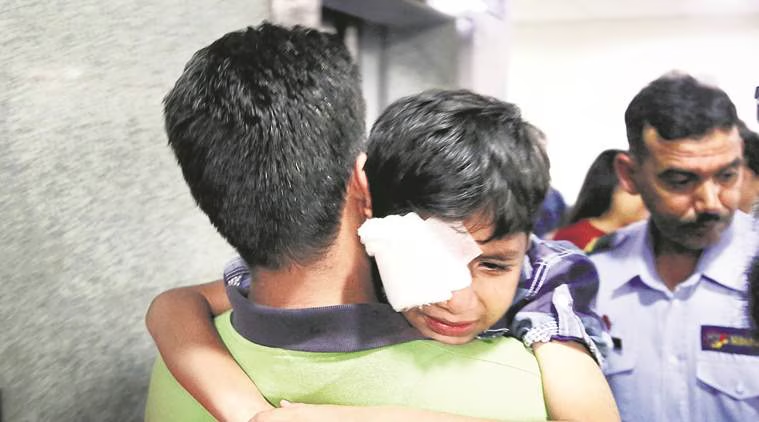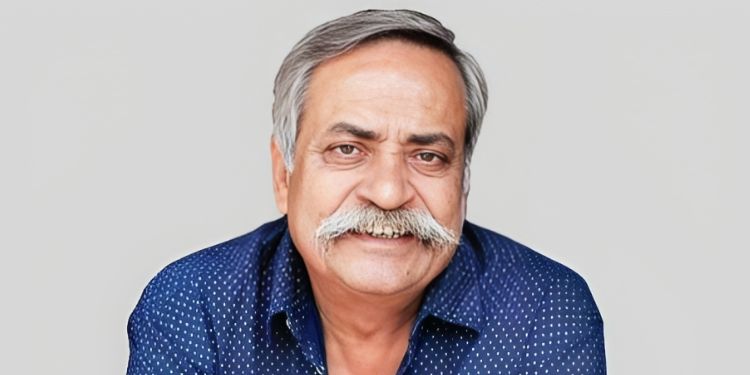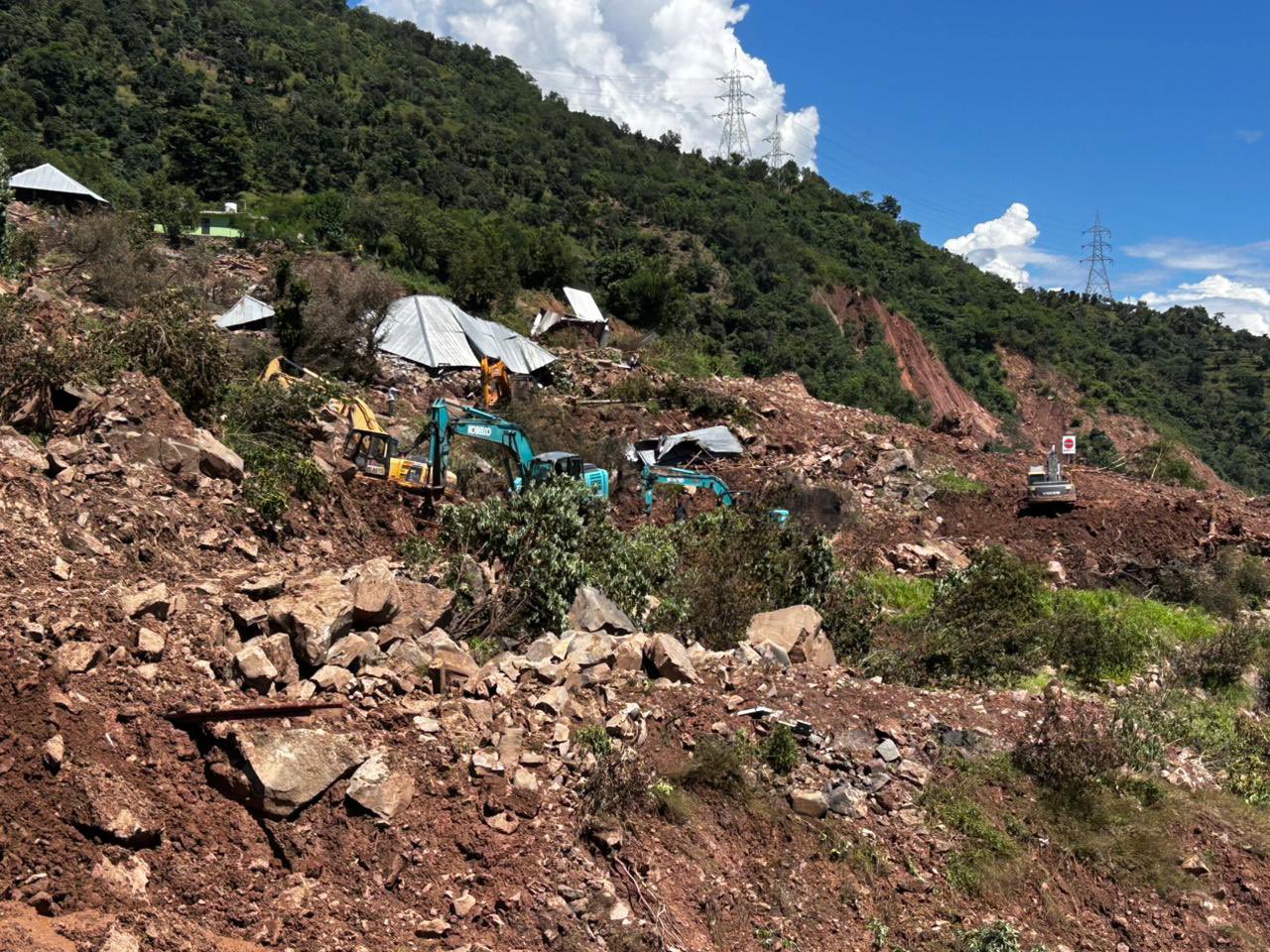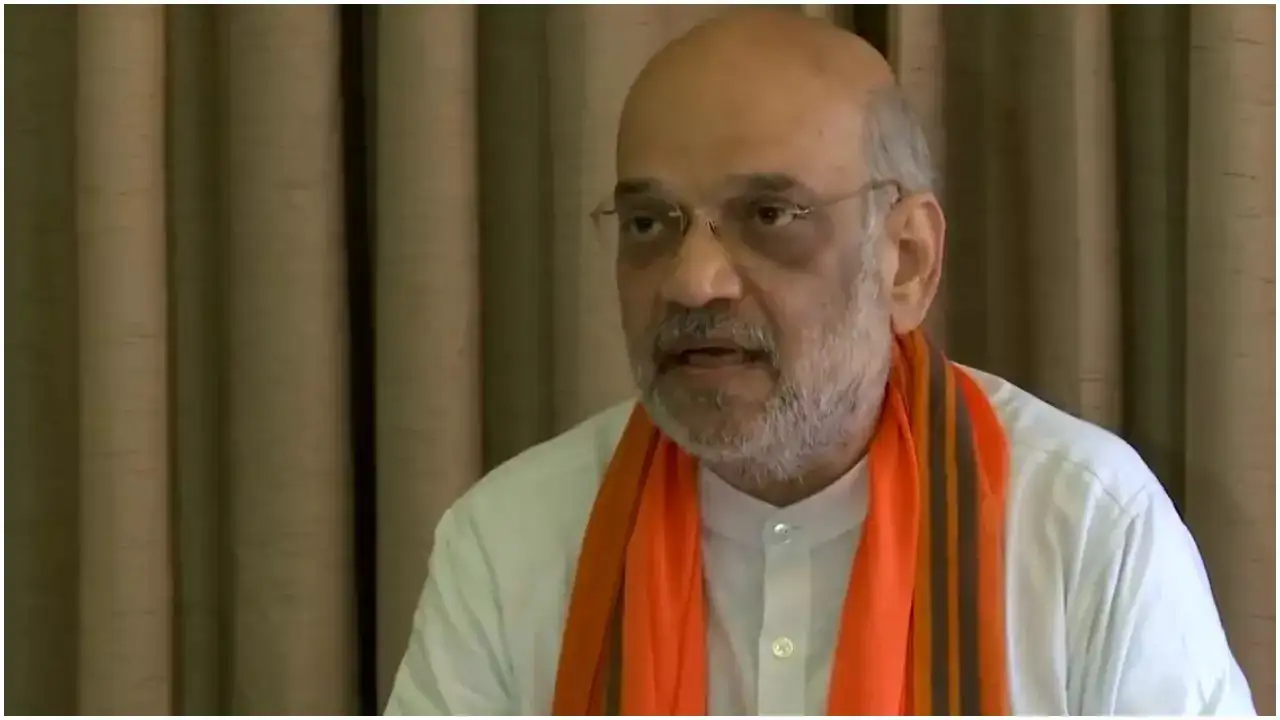Now Reading: Government Seeks Proof of Maoist ‘Surrender Offer’ as Ceasefire Proposal Surfaces
-
01
Government Seeks Proof of Maoist ‘Surrender Offer’ as Ceasefire Proposal Surfaces
Government Seeks Proof of Maoist ‘Surrender Offer’ as Ceasefire Proposal Surfaces
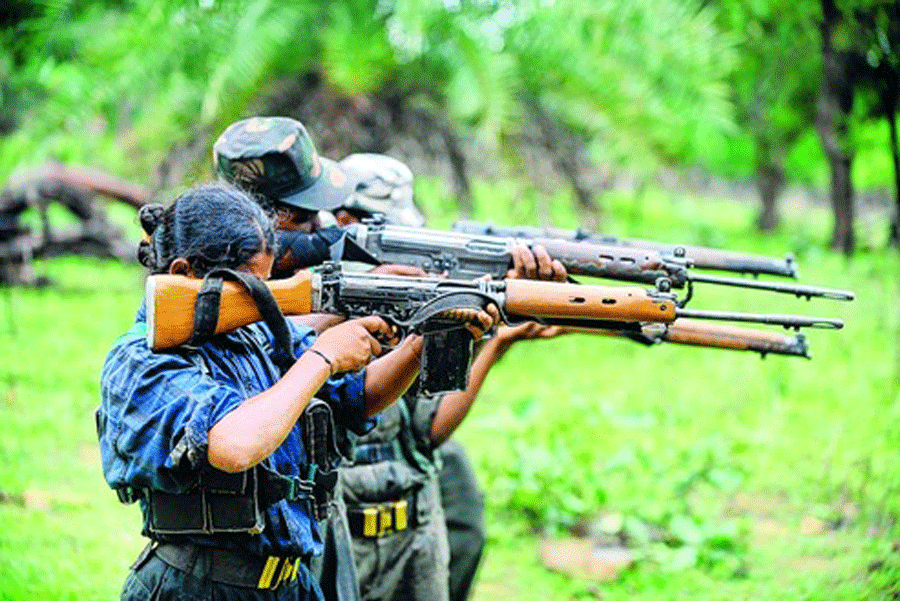
A fresh development has stirred India’s counter-insurgency landscape: a purported statement from the CPI (Maoist) suggesting they are willing to lay down arms and enter a ceasefire. The government is now verifying if the offer is genuine. For citizens in conflict-prone areas, especially in Tier-2 and Tier-3 districts, this could mark a turning point—if it holds up under scrutiny.
What the Offer Claims
The statement is said to come in the name of “Abhay,” a nom-de-guerre believed to be used by senior Maoist leadership. It reportedly includes a request for a month-long ceasefire, cessation of security operations, and an opening for peace talks with the central government. The proposal is framed as a response to recent counter-insurgency pressures and the killing of key Maoist figures.
Government’s Response So Far
Officials are acting cautiously. They say they are verifying the document’s authenticity and checking whether “Abhay” really issued it. Authorities are watching for whether this is a genuine outreach for dialogue or a strategic move by the groups. No formal acceptance or rejection has been announced yet.
Stakes for People in Smaller Towns
In regions where Maoist activity has influenced daily life—supply disruptions, fear of violence, limited development—such a surrender or ceasefire can change things. If real, it might lead to less fighting, fewer disruptions, and more government access. But people also worry that promises may be temporary or that ceasefires may be violated without reliable mechanisms of oversight.
Risks and Challenges
Trust is low on both sides. For Maoists, internal discipline and consensus matter; not all cadres may agree with leadership decisions. On the government side, letting down arms without guarantees may feel risky. Monitoring any ceasefire, ensuring that past grievances are addressed, and delivering rehabilitation and development will be key to making any peace durable.
Why It Matters Now
This moment comes when the Maoist movement has been under pressure across many states, following operations that weakened some of its leadership and strongholds. Local governments and central agencies have been pushing for surrenders and rehabilitation. An offer such as this could represent a shift in tactics—if it is genuine. It also poses a test for how sincerely the state responds.
Conclusion
The reported surrender offer from Maoists—if real—could open a path toward reduced violence and more stability, especially in the poorer, under-served districts. But what really matters will be how both sides follow through: proof of ceasefire, protection of rights, delivery of rehabilitation, and long-term peace. For people in Tier-2 and Tier-3 towns, this could be more than a headline—it could mean safer roads, better infrastructure, and less fear.









